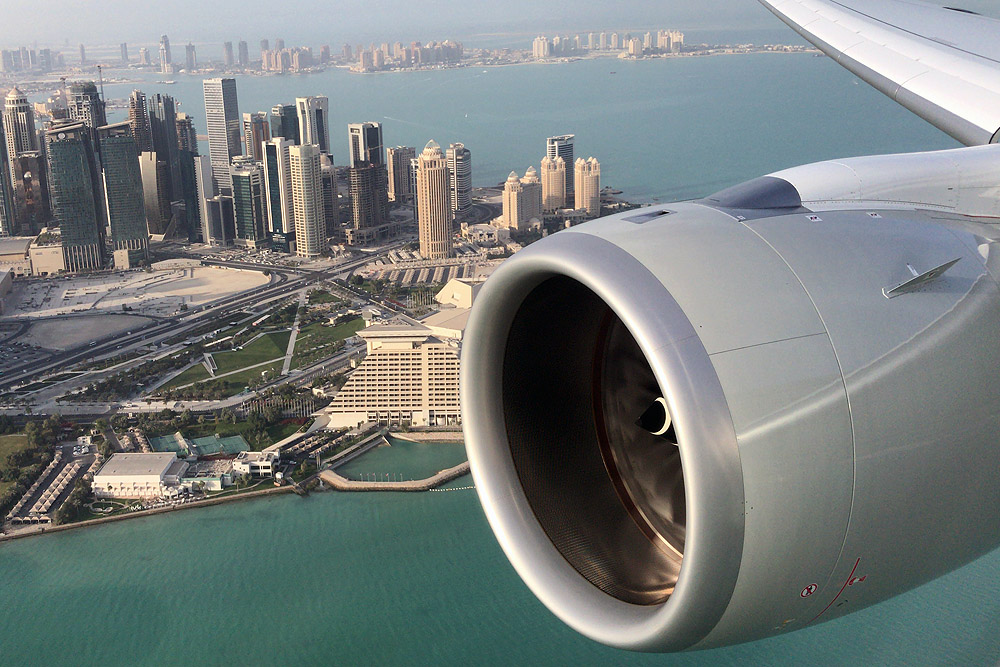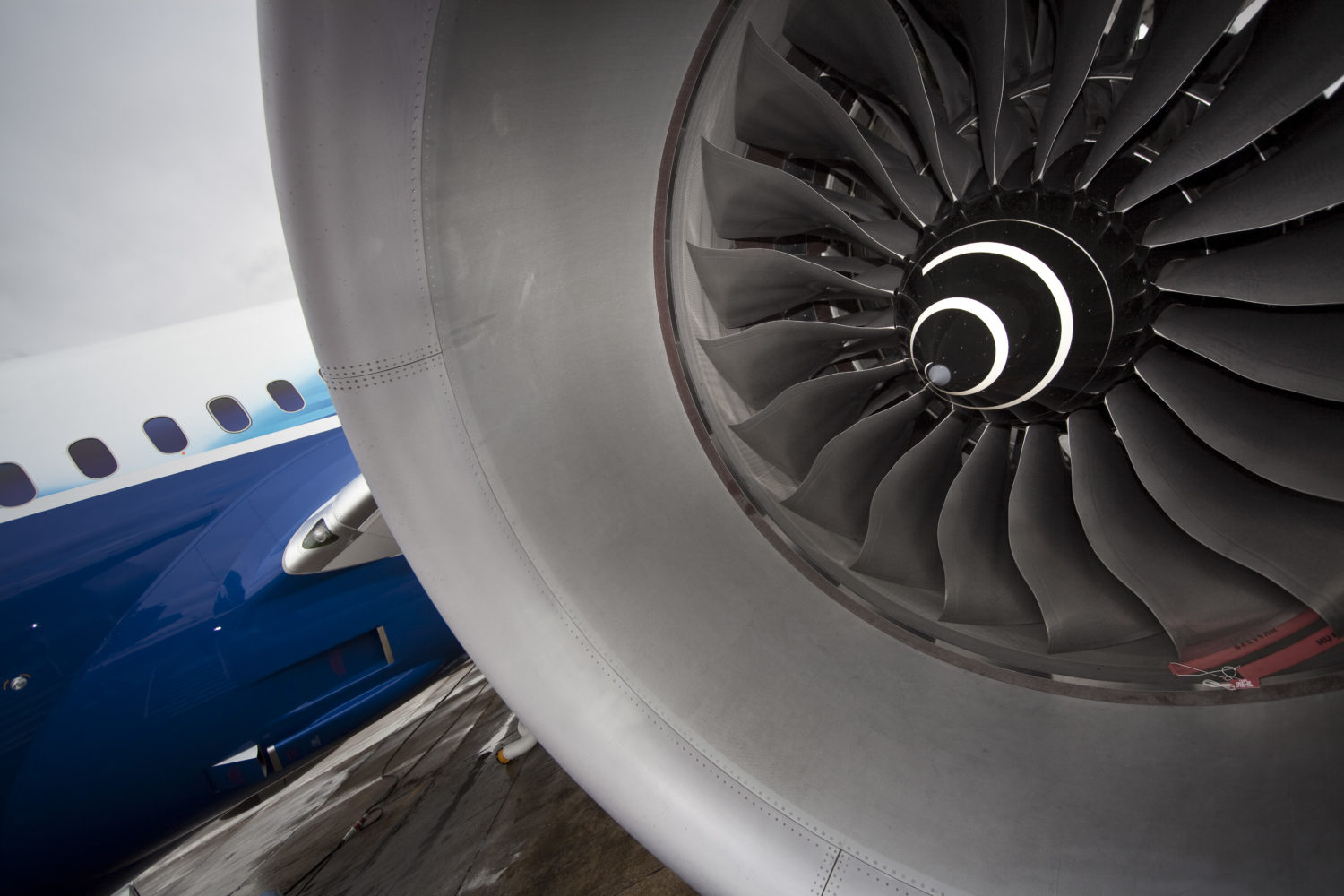Rolls-Royce Trent 1000 to receive redesigned blades
Following the groundings and limitations placed on Rolls-Royce powered Boeing 787 Dreamliner’s, Rolls-Royce has been working hard to inspect, replace and ultimately redesign parts of their Trent 1000 engines.
Approval was granted by the European Aviation Safety Agency and the Federal Aviation Administration and will see Trent 1000 Package C variant engines receive the redesigned compressor blades. Service bulletins released by Boeing and Rolls-Royce have already been received by some airlines, who are now in the process of receiving the redesigned components.
To ensure the blades are definitely suitable replacements, Rolls-Royce has been testing them since June 2018, with engines undergoing extensive ground and flight testing.
With over a 170 Boeing 787s fitted with Trent 1000 Package C engines, Rolls-Royce initiated production of the new blades well before certification was handed over, implying their confidence in the redesign. Additionally, since the Trent 7000 engines on the Airbus A330neo are based on the Trent 1000, Rolls-Royce will be send out fixes for that engine too.
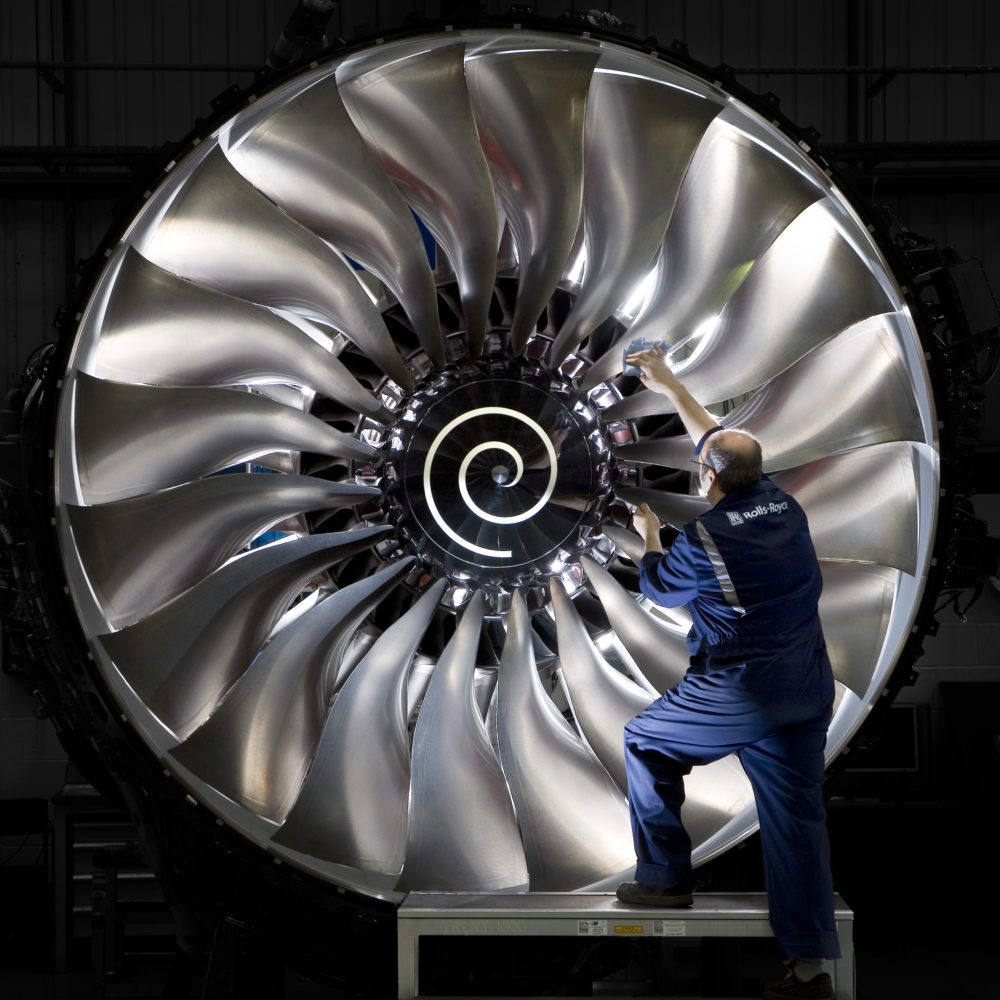
The first engine is currently undergoing a service in Derby and will be shipped out in the near future.
Operators of Rolls-Royce Trent 1000 engines that fall under the limitations specifically have their ETOPS capabilities reduced, as well as having greater maintenance inspections enforced. The Trent 1000 TEN, which is an upgraded Trent 1000, despite not suffering from the issues, will also receive the new blades to ensure nothing appears down the line.
Issues with the Trent 1000 date back to 2016 when All Nippon Airways noticed large amounts of corrosion and cracking within various components of the engine, however specifically compressor blades. This was later escalated in 2018, with emergency airworthiness directives being issued and ETOPS for the 787 being reduced to 140 minutes. Additionally it was found that some Package B engines were effected by the same issues.
Airlines such as Air New Zealand suffered from a few nasty engine failures resulting in damage throughout the engine, as seen in the images below.
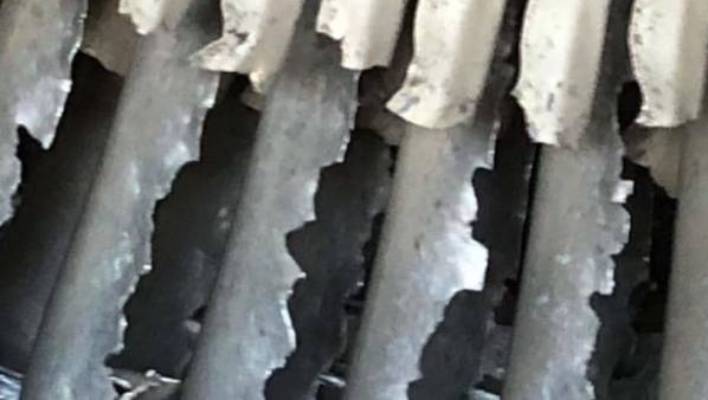
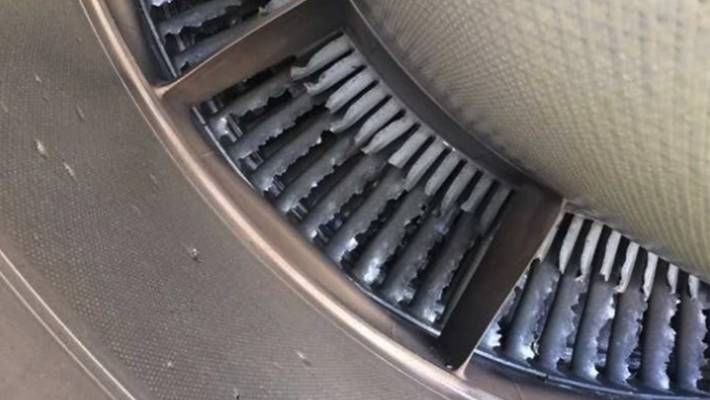
So what has caused this large dilemma?
Rolls-Royce investigations identify the issue as the thermal barrier coating on the blades being eroded by high atmospheric sulfur in and around dense cities where pollution is at great quantities. To mitigate this, a new thermal barrier coating was applied and component changes were implemented based ofF what design developments had come from the Trent XWB that powers the Airbus A350.
